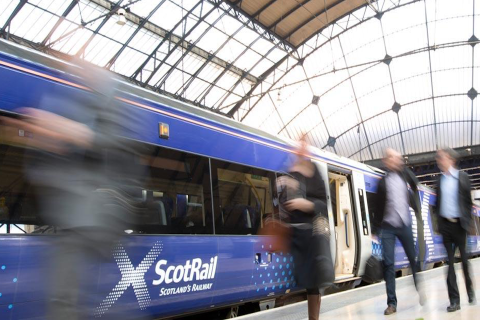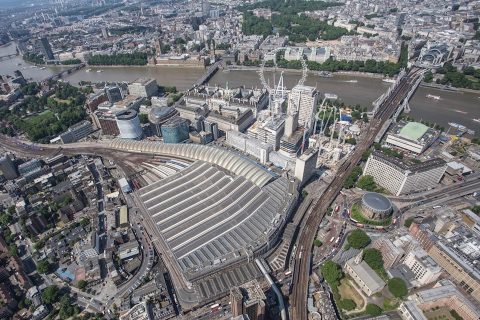Britain’s changing pattern of rail travel

When Great British Railways eventually succeeds Network Rail as the infrastructure and management agency for the UK network, it will inherit a much-changed railway. In terms of passenger usage, and the reasons customers give for boarding a train in the UK, the market is shifting into something more akin to the 1970s, rather than heading towards the 2030s. Great British Railways Transition Team has already been active in compiling statistics and their latest announcement suggests that leisure travel is surging ahead, making the railway travel pattern more resemble that of a bygone age, when holiday relief train and weekend specials were a critical answer to demand patterns.
Want to read more?
You have read all of your free premium articles for this month. Please become a subscriber to keep reading.
Subscribe now!
Take advantage of our exclusive offer to get full access to all premium content.





So if leisure travel has now surpassed pre-Covid levels why are Network Rail still closing our railways for engineering works at weekends – sometimes for months on end. Is anyone out there listening or even watching ?
So if leisure travel has surpassed pre-Covid levels why is Network Rail still carrying out so many engineering works at weekends? Sometimes successive weekends as well with Sunday being a popular day. Why not ban all engineering works in August for instance and give everyone a break ?
I bet many of these ‘leisure’ journeys are by people ‘shirking’ at home judging from the number of people of working age taking them!
To get a proper perspective we need to see what the operating costs incurred during the same period were.
I expect that there would be more again if the toc’s enforced a ban on vaping on the train and the playing of music without headphones!
It’s no good having a ban without any body enforcing it!
I’m a guard, so happy for any uptake in travel. The problem with leisure travel very commuters is they don’t know how to use trains. They all sit in same coach and won’t sit down next to some one they don’t know. They all use same door to get on and bring luggage far larger than they can handle.